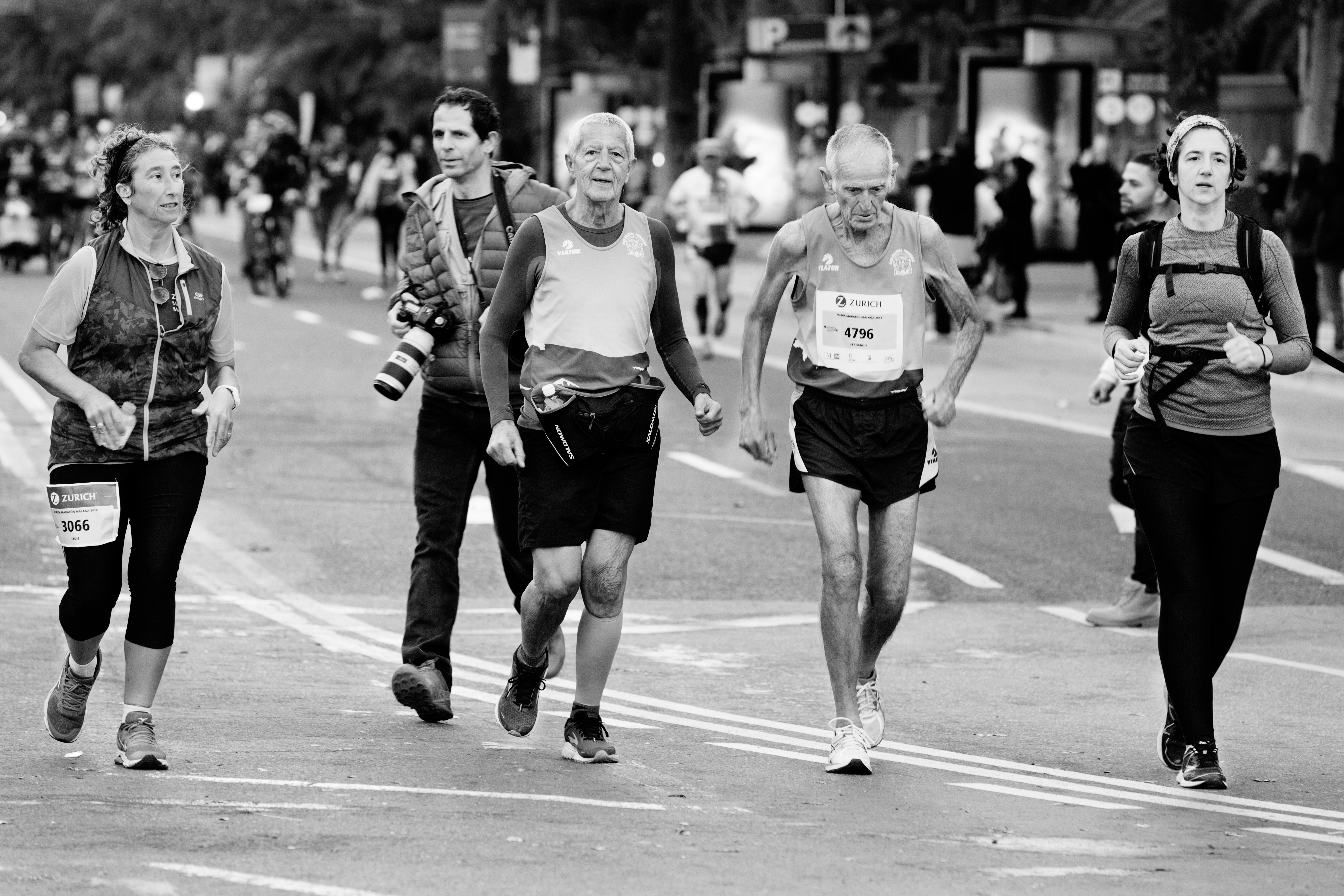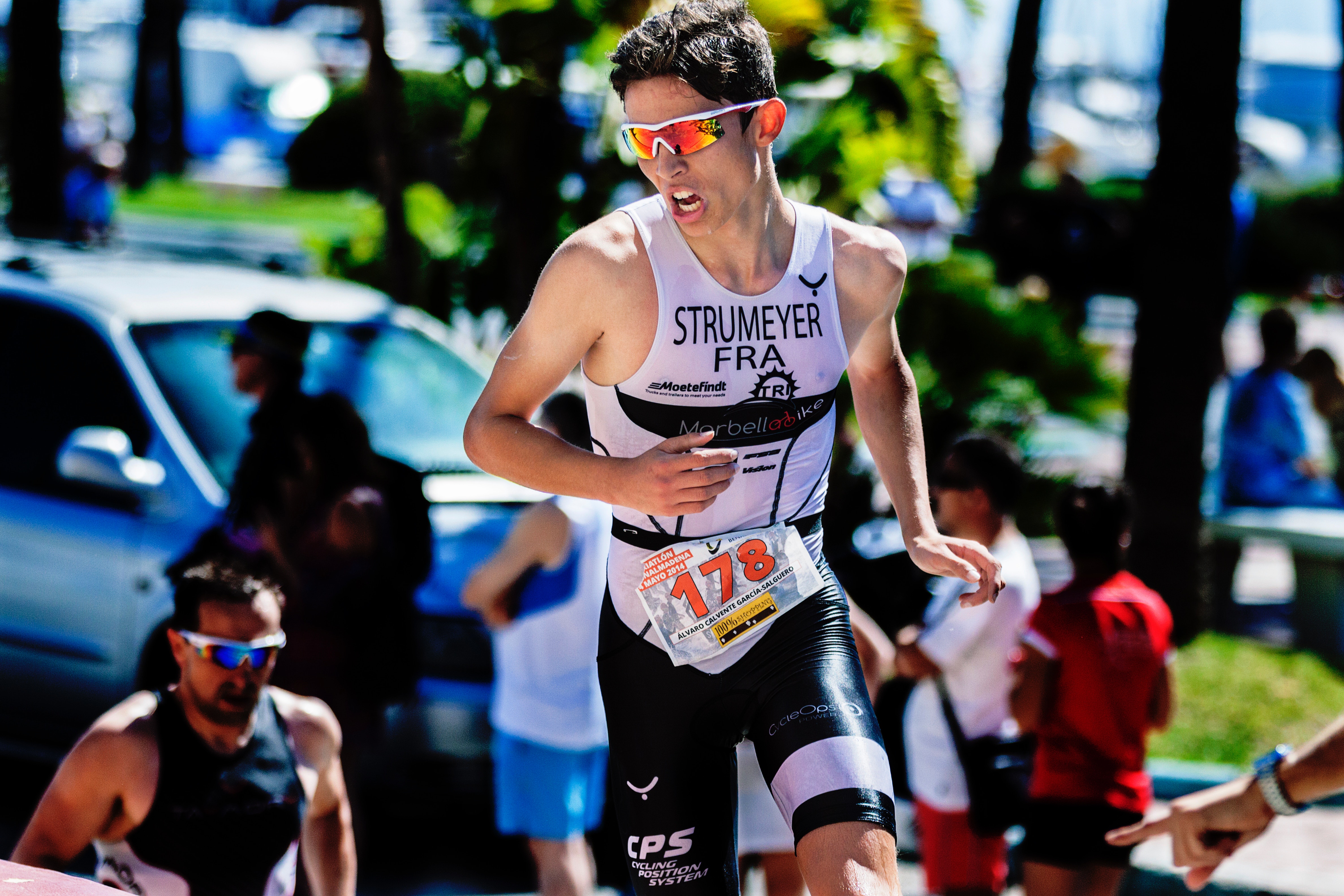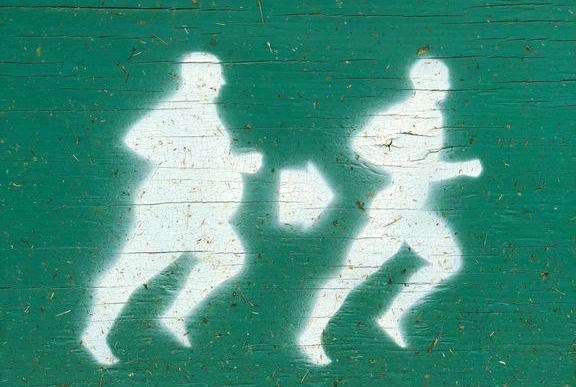Triathlon training and competitions in this sport are relatively safe for well-trained, well-prepared athletes. However, the effects of training in this sport on human health have not yet been studied in detail. More (long-term) studies need to be conducted in this area of research. However, it should be noted that triathlons can be practiced by many age groups over a very long period of time.

photo by Quino Al on Unsplash
The sport requires little to moderate equipment, which means that many people from all continents of the world participate in it. Regular training primarily addresses and trains physical abilities such as strength and speed endurance, coordination skills, which include the adaptation of the human body, and psychological abilities (concentration, mental abilities, etc.). The Faculty of Sports and Health Sciences at the Technical University of Munich considers triathlon to be part of endurance sports, which can be attributed with preventive potential in relation to cardiovascular diseases. However, they go on to say that high levels of stress can also have negative effects (acute, chronic, or hereditary) on the human body in many ways (Faculty of Sports and Health Sciences, 2012).

photo by Quino Al on Unsplash
German triathlon icon Hermann Aschwer sees mainly positive effects on the cardiovascular system. He cites the following example: The heart of a trained triathlete beats on average around 33,600 times less per day than that of an untrained person. Extrapolated over a year, this means around 12 million fewer heartbeats for the trained endurance athlete. In addition to the physical benefits, he also sees health benefits for the human soul and spirit. He calls this symbiosis “unity” between body, mind, and soul (2008).
Lucy Smith emphasizes the positive impact of triathlon on one’s health by pointing out: “Triathlon promotes health and makes most people mentally and physically stronger. After a while, training becomes part of their lives, and many triathletes remain active for many years. Finding time for one’s own health and fitness and pursuing athletic goals requires commitment” (2011).

photo by Renee Fisher on Unsplash